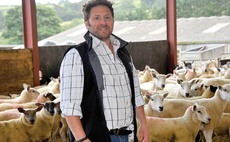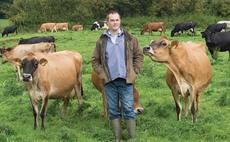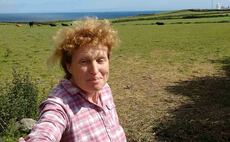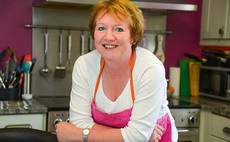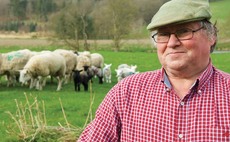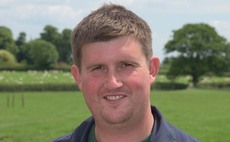Blogs
Livestock
Dairy Farmer commentator Christopher Murley tells us about his Jersey herd in far flung Cornwall.
Livestock
It is hard to remember a better climate for lambing. We have had six weeks of warm, dry days and, just as the last few hoggs lamb down, we had last week’s welcome rain to get the grass growing ahead of demand.
Farm Life
At the end of February, a Government Minister made the warm and friendly remark that Britain does not need its own farming industry.
Farm Life
It’s May 1 already. How this strange and troubled year is flying by, which is amazing given all the events and shows we had planned to visit are now just a passing thought as the dates get closer on the calendar. Very disappointing.
Farm Life
Why do we farm? Honestly, what’s in it for us? My sense is that only a minority of farmers farm because they chose to.
Farm Life
My goodness, even my relentless cheerfulness is struggling as wave after wave of bad news on Covid-19 is broadcast each hour.
Livestock
Well, this is a funny one. We live in very strange times and now we are nearing the end of lambing time there is time to reflect.
Arable
We have now almost completed the spring work, with spring barley coming through the ground fairly evenly and its top dressing of fertiliser being applied at the end of last week.
Farm Life
Jim Beary is a mixed upland livestock farmer in the Peak District and a member of the Future Farmers of Yorkshire at the Yorkshire Agricultural Society.
Livestock
Thomas Carrick is part of a family-run upland beef and sheep farm in the North Pennines, near Alston. With pure-bred Swaledales to produce Mule lambs, they also run Salers cross cattle with Aberdeen-Angus calves which they finish at home.

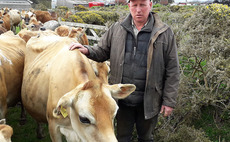
 15 May 2020
•
4 min read
15 May 2020
•
4 min read
